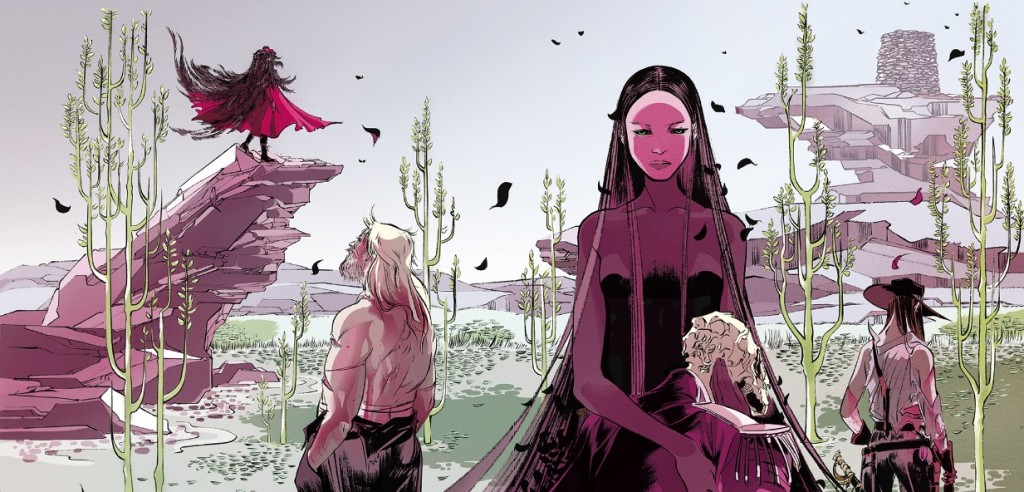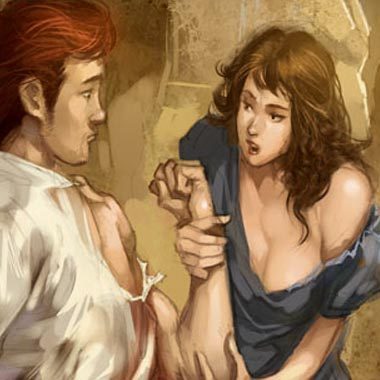
The exhibition is open from February 3 to May 6
By Katie Czenczek, Staff Writer
In case you haven’t noticed the giant octopus hanging on top of the Vancouver Art Gallery, or the numerous advertisements riddled throughout the city, The Octopus Eats Its Own Leg has come to Vancouver.
The title of the exhibit is based off a piece of Japanese folklore that features an eight-legged cephalopod chewing off its leg in order to keep the its body alive. Not only that, but the real chameleon of the sea is able to eat its leg as an afternoon snack and have it eventually regenerate. This notion of self-sacrifice in the name of survival is a universal struggle that many can relate to, especially in a city like Vancouver where the cost of living can be debilitating.
The exhibit, then, enables viewers to ask themselves the question: What are they devouring in their own lives in order to survive, and is it worth what they’re keeping alive?
For Takashi Murakami, the answer seems simple. He attended Tokyo University for the Arts, where he majored in Nihonga—an art form that revives thousand-year-old conventions, materials, and techniques characteristic of early Japanese artists. In his career, however, he has blended tradition with pop culture to create his eclectic sculptures and paintings. He also draws inspiration from manga and anime, and originally planned to become an animator in his younger years.
Responsible for the Superflat movement and the vibrant cover art for Kanye’s Graduation album, Murakami’s rap sheet is memorable. He makes numerous cultural allusions that span time, bridging the gap between old and new.
In “100 Arhats” (2013), the artist depicts Buddhist monks morphed and deformed from the 2011 earthquake in Japan. The painting also references the Nepalese Yeti and Buddhist Chintamani Stone in an impressive spread that covers an entire wall in the gallery. Murakami’s attention to detail is insane. On the backdrop of this already highly-detailed piece, he’s painted thousands of skulls piling up. It’s a difficult piece to stomach, but it is absolutely beautiful in execution.
For more modern references, Murakami’s “Klein’s Pot A” (1994-97) looks as if he’s taken Sonic the Hedgehog and disfigured him horribly. The painting is undeniably the beloved character, with the blue, peach, and red colour scheme popping out in every direction, making Sonic look like he’s in front of a fun house mirror at your local carnival.
Other references the artist has made to culture both old and new include Katsushika Hokusai’s famous painting “The Great Wave off Kanagawa”—more commonly recognized as the waves painting that everyone’s getting tattooed on themselves.
Murakami’s famous Mr. DOB character is found throughout many of his paintings, along with his happy flowers that can’t help but put a smile on your own face as you explore the exhibit.
Critics of Murakami have viewed his collaborations with Louis Vuitton, Vans, and Shu Uemera as “selling-out,” for contributing to the “lower art forms” such as fashion and other commercial works. However, it seems as if he’s the one laughing to the bank, because his artworks sell for thousands of dollars a pop. He’s managed to do what many artists have failed to do in the past—make money while still being alive to collect it.
The messages in his art can be conflicting, where he seems to comment on consumerism and commercialism, yet he seems to thrive off it. Or perhaps that’s the entire point of his artwork and the collection, “The Octopus Eats Its Own Leg.”


